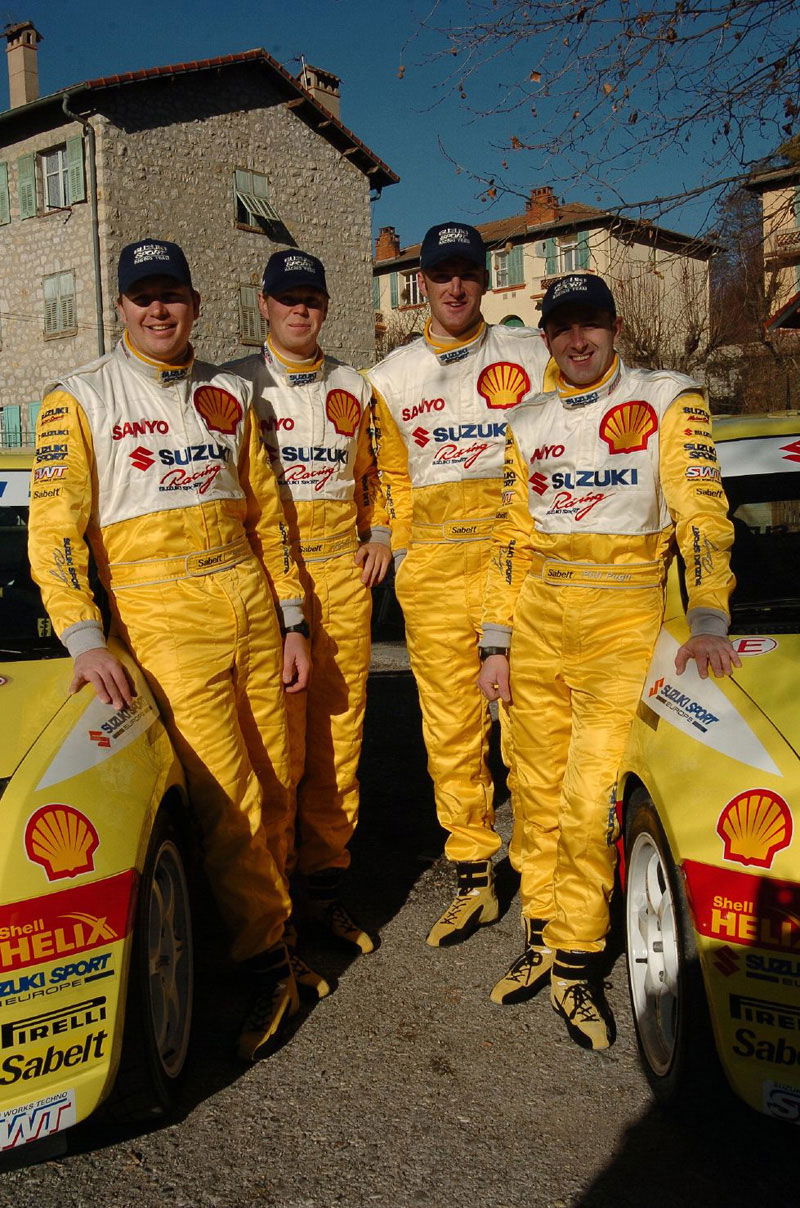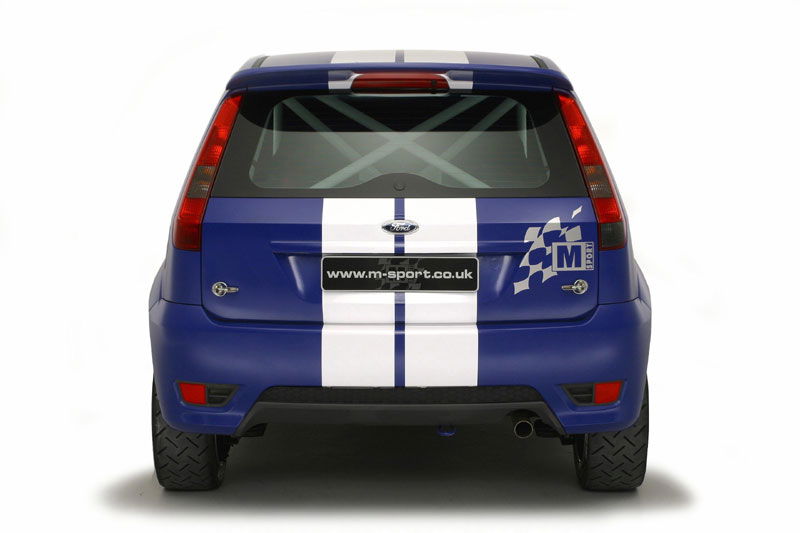Fiesta ST - road car to rally car in five months.
The Ford Fiesta ST was adapted from road car to Group N competition rally car in only five months by British-based preparation company M-Sport.

The Ford Fiesta ST was adapted from road car to Group N competition rally car in only five months by British-based preparation company M-Sport.
Working to a specific brief from Ford TeamRS, the organisation within Ford which co-ordinates the company's European motorsport programmes and performance vehicle operations, Chris Williams headed up a small team at M-Sport's Dovenby Hall base. Williams, who has responsibility for engineering Roman Kresta's Ford Focus RS World Rally Car on the FIA World Rally Championship, explains the story of the Fiesta's development and the technical details behind the car...
"The Fiesta ST road car was launched towards the end of 2004 and work started on the rally project soon after. We looked at the initial homologation process in December but it was only in January that work began in earnest. The homologation of the base car was completed in February and we started the conceptual plans early. We took the conception forwards to negotiations with suppliers, drawings and development of parts and the first car was completed at the end of May. Since then we have concentrated on testing and development work.
"We used the expertise of highly regarded suppliers to produce the parts that we needed. We worked closely with companies like SADEV (transmission), Reiger (shock absorbers) and OZ Racing (wheels), some of whom we already had a strong relationship with through the world championship programme. All the design and development was then undertaken on a partnership basis, each partner contributing their particular expertise to the project and the final design.
"Our brief was to build a car that was fun to drive, reliable and economical to compete in. We went back to basics by stripping the Fiesta back to a bare shell. From there we rebuilt it to include the required safety features that a rally car must have and the performance improvements required that we believe will make it competitive on the special stages...
Bodyshell
"The car has a multipoint roll cage, which is HANS compatible, as required by the sport's regulations from January 2007. It includes three X braces in the rear of the car, including one each above the heads of the driver and co-driver, and twin tube door bars with no crossover.
Engine
"The existing 1999cc, four cylinder, 16-valve Duratec road car engine remains as standard in the rally car. The only additions are a revised 'foam' air filter and a stainless steel exhaust system, including a motorsport specification catalytic converter. The engine's ECU has been modified to revise the fuel and air ratio and optimise the ignition. Modifications were made to the 'pedal map' for the electronic fly-by-wire throttle to improve response and engine torque in lower gears.
Transmission
"The Fiesta has a five-speed 'dog' engagement gearbox fitted inside a standard ST casing. The gearbox design and ratios were developed in conjunction with French-based company SADEV. The transmission is supplied ready to fit into the car, with the customer returning the standard ST gearbox in a serviceable condition. A plated type limited slip differential is also fitted to improve traction. The car features upgraded driveshafts as standard.
Brakes
"Standard Fiesta ST front and rear brake discs are retained. The pipes in the braking system have been replaced with braided steel hoses. An adjustable pressure reducing valve is fitted to the system, while still retaining the dual circuit diagonal braking required to comply with Group N regulations. The brake pad compounds were optimised for rallying.
Suspension
"Using the upgraded suspension of the road car as a base, M-Sport has added Reiger dampers, which are adjustable for rebound, and revised spring rates to improve the ride on rough stages. The standard set-up includes revised front suspension knuckles for additional negative camber and a strengthened twist beam rear axle. The standard ST steering rack has quicker ratio than the standard Fiesta to ensure improved turn-in.
Interior
"Most of the trim has been removed to reduce weight and to allow the fitting of safety features. Recaro competition seats have been added with Sabelt six-point safety harnesses. A Sabelt suede steering wheel and an integrated fire extinguisher system with electronic control complete the modifications.
Under Body Protection
"A 6mm aluminium sump guard, built to an M-Sport design, protects the engine and transmission. The standard fuel tank and fuel filler neck both have Kevlar composite moulded guards for protection and there is also optional underbody guarding available to shield the floor pan and side sills from stone damage.
Electrical
"A 'piggy back' wiring loom, which incorporates the additional requirements of the rally version, has been developed to supplement the standard loom. This includes an electronic circuit breaker to cut power in the event of an accident and also includes wiring for additional requirements such as map light, additional spotlights, radio or tripmeter.
Wheels
"Using the standard road car features, M-Sport has homologated the rally car to use 15in wheels for gravel and 17in wheels for asphalt to capitalise on the increased range of tyres for these sizes. OZ Racing has manufactured the wheels in both Super T and Rally Racing styles."

